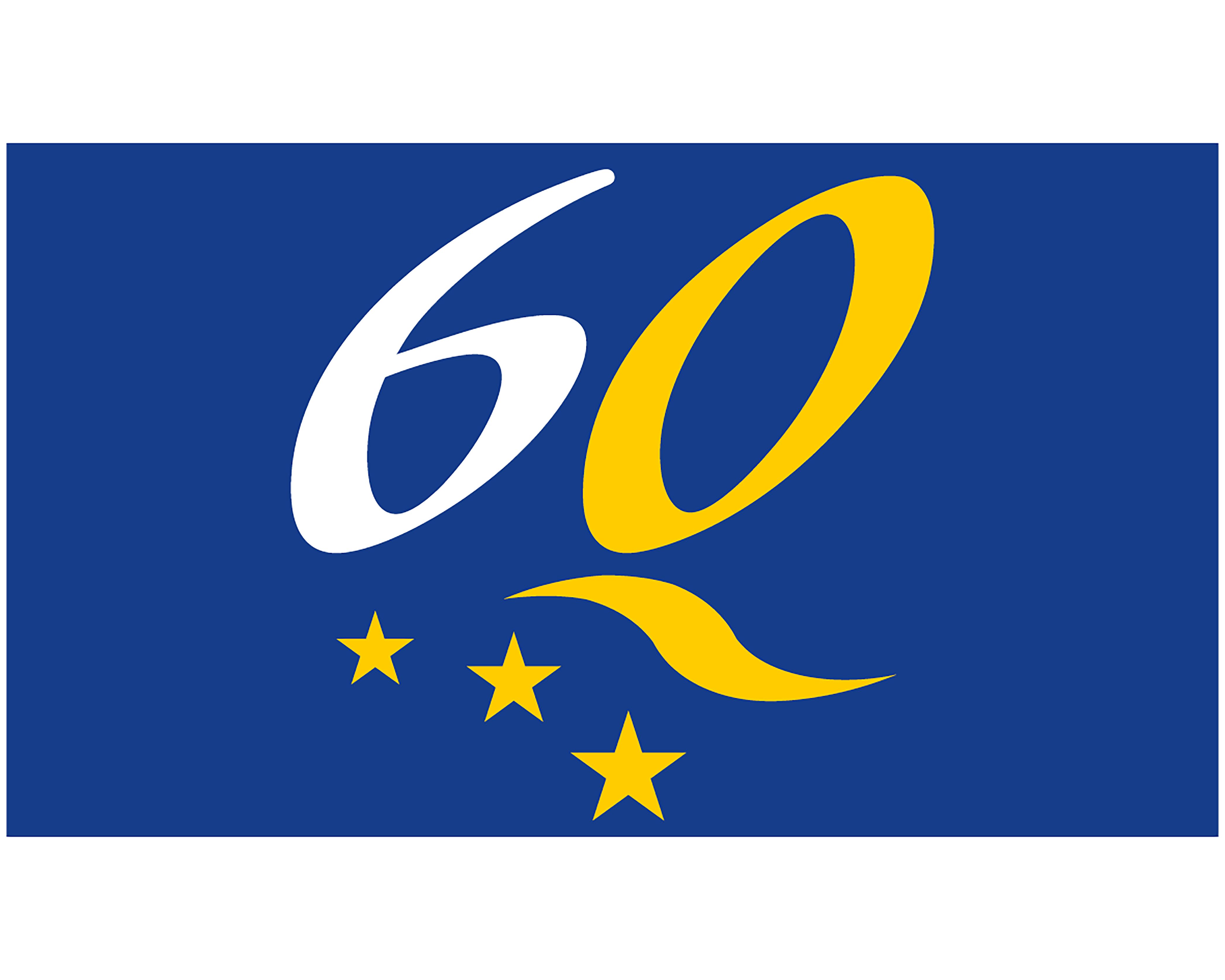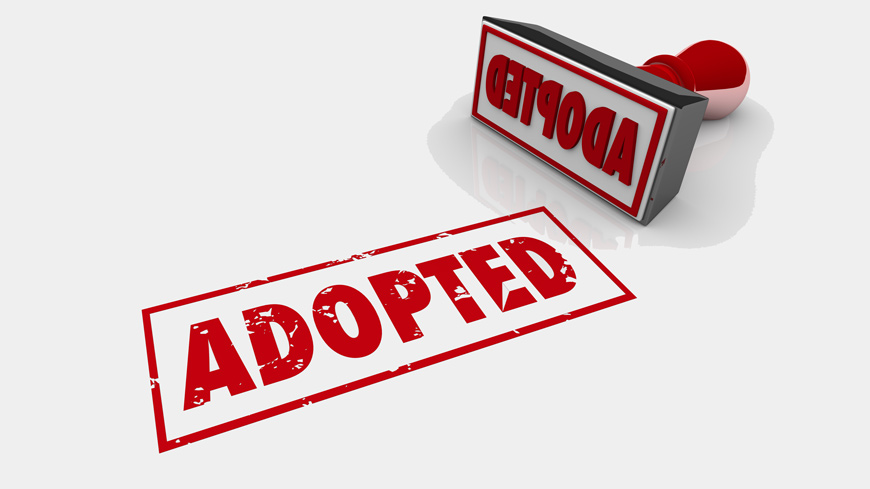At its 174th session in November 2022, the European Pharmacopoeia (Ph. Eur.) Commission adopted the revised general monographs Substances for pharmaceutical use (2034) and Pharmaceutical preparations (2619), which now include a paragraph explaining the Ph. Eur. approach to N-nitrosamine impurities. This approach was defined based on the comments received during the last round of public consultation in Pharmeuropa together with recent feedback from Heads of Medicines Agency1 and European Medicines Agency2
groups and from the national competent authorities of non-EU Ph. Eur. member states.
The following paragraph has been added to 2034 under “Production”:
“N-Nitrosamines. As many N-nitrosamines are classified as probable human carcinogens, manufacturers of active substances for human use are expected to evaluate the potential risk of N-nitrosamine formation and contamination occurring throughout their manufacturing process and during storage. If the risk is confirmed, manufacturers should mitigate as much as possible the presence of N-nitrosamines – for example by modifying the manufacturing process – and a control strategy should be implemented to detect and control these impurities. General chapter 2.5.42 N-Nitrosamines in active substances is available to assist manufacturers.”
A similar paragraph has been added to the same section in 2619:
“N-Nitrosamines. As many N-nitrosamines are classified as probable human carcinogens, manufacturers of medicinal products, except products for veterinary use only and unlicensed pharmaceutical preparations, are expected to evaluate the potential risk of N-nitrosamine formation and contamination occurring throughout their manufacturing process and throughout their shelf-life, according to the requirements of the relevant competent authorities. If the risk is confirmed, manufacturers should mitigate as much as possible the presence of N-nitrosamines – for example by modifying the manufacturing process – and a control strategy must be implemented to detect and control these impurities. General chapter 2.5.42. N-Nitrosamines in active substances is available to assist manufacturers.”
The revised monographs will be published in Ph. Eur. Supplement 11.3 and implemented as from 1 January 2024. The Ph. Eur. Commission will now start reflecting on how to address the issue of nitrosamine control in individual monographs.
See also:




